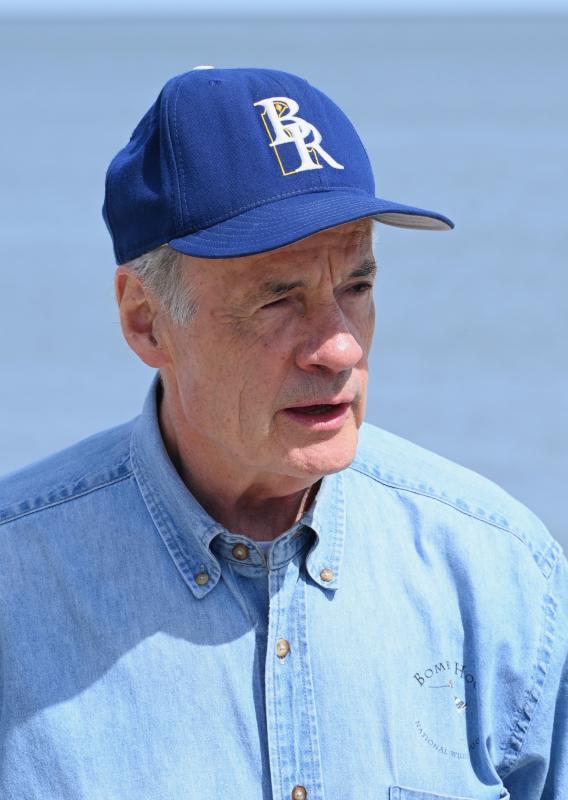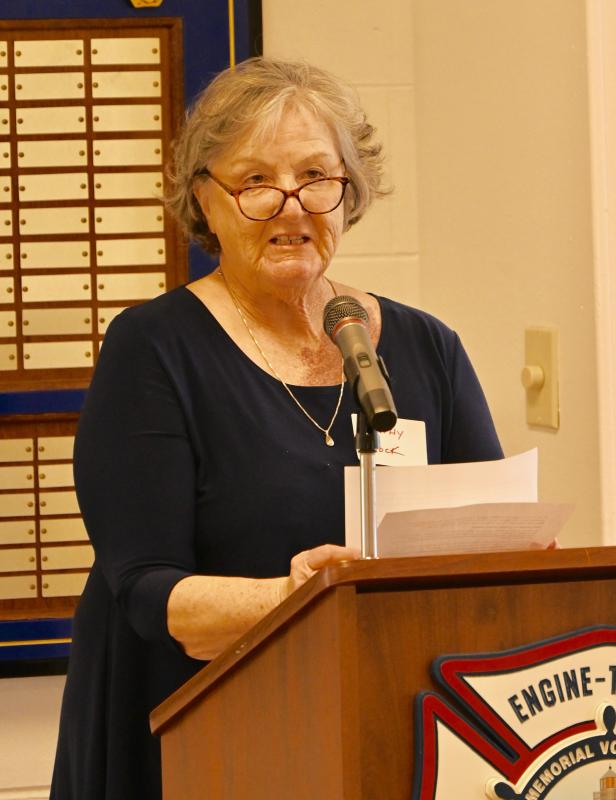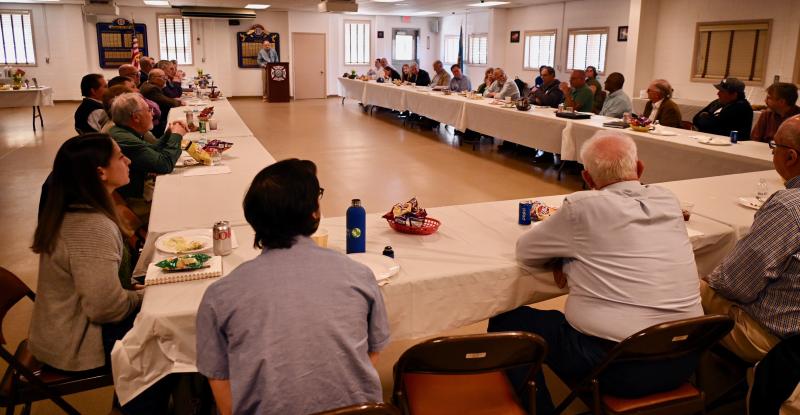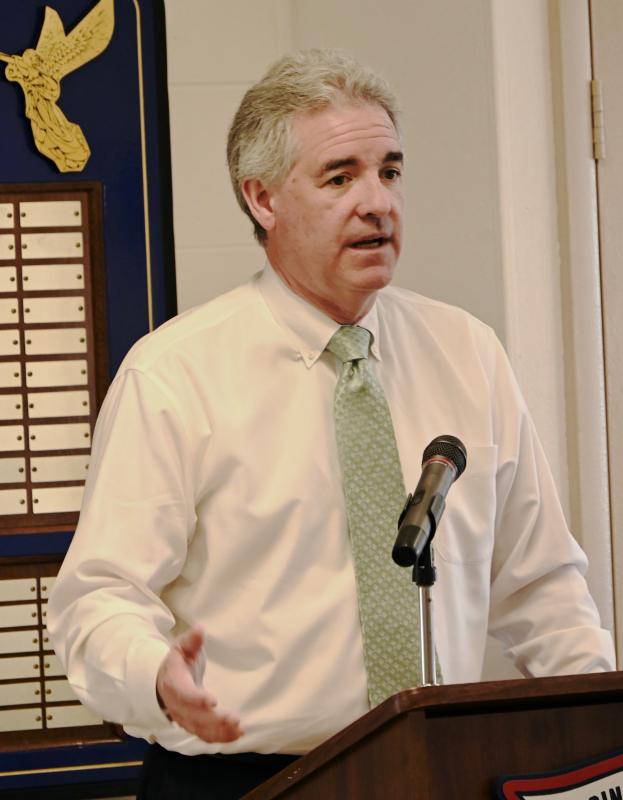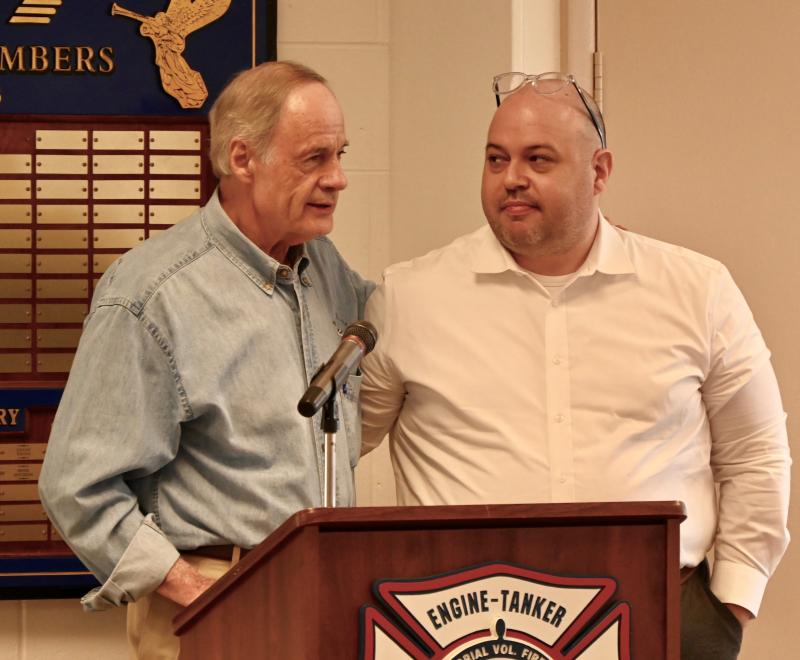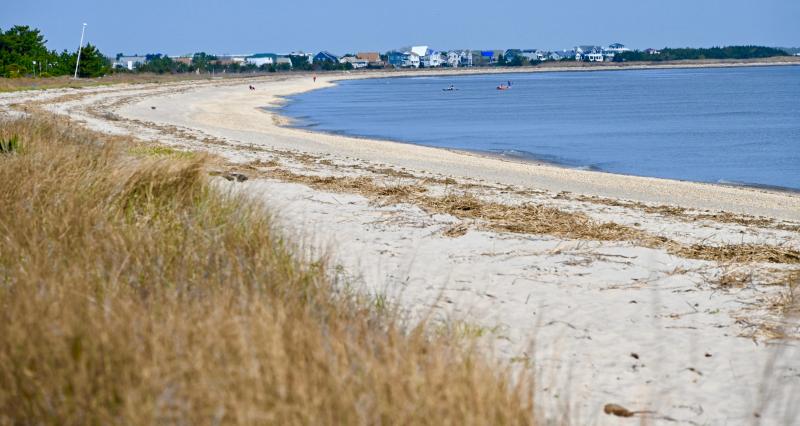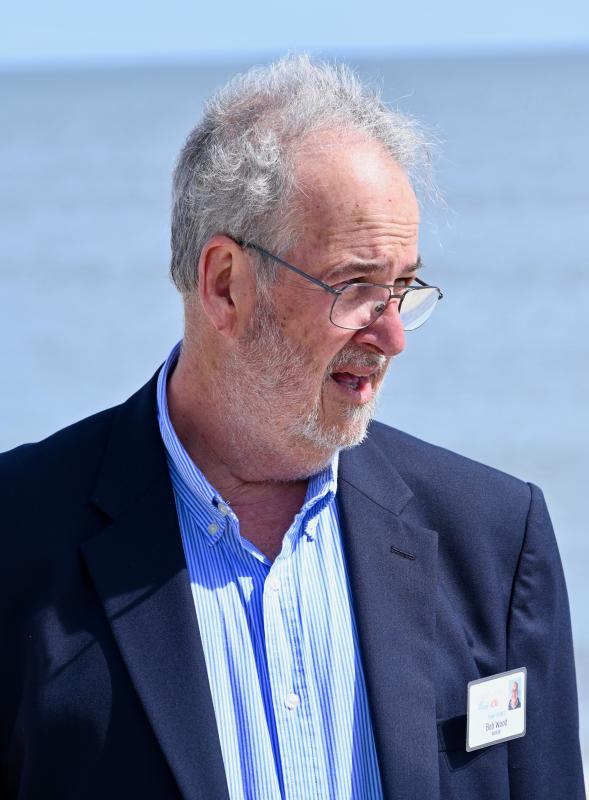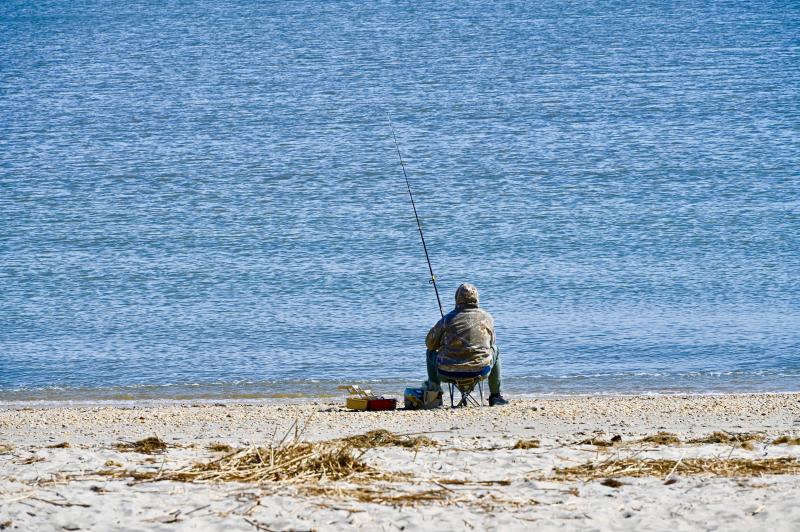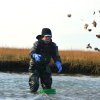Federal funds to make shoreline protection more affordable for Delaware Bay beaches have been secured thanks to efforts by the state's federal delegation led by U.S. Sen. Tom Carper, D-Del.
For decades, Delaware's bay beaches have not received the same attention as the Atlantic coast resort beaches. From Fenwick to Rehoboth, hundreds of millions of dollars have been spent over the years to renourish, rebuild and fortify the beaches.
That has not been the case along the 27-mile Delaware Bay coastline from Pickering Beach to Lewes.
As chair of the Senate Environment and Public Works Committee, Carper set out on a mission to reverse that trend.
Included in the Water Resource Development Act of 2022, Carper was able to secure $25 million for bay beach restoration. In addition, the cost-share provisions have been changed from a 65%-35% split to 90% federal funding and 10% non-federal funding.
Carper made the funding announcement during an April 11 press conference in Slaughter Beach. He then attended the first quarterly meeting of the Bay Beach Association.
“The last engineered beach project we had was in 1976. We've suffered years of neglect and been putting Band-Aids on the problems,” said Kathleen Lock of Slaughter Beach, president of the Bay Beach Association. “Whatever sand we do put in is immediately gone.”
Slaughter Beach Mayor Bob Wood said sand migrates south to north, so keeping a beach profile is difficult. He said most of the sand put in place by state crews last year, and most of the beach grass planted by volunteers and homeowners is almost gone due to storm damage this past winter.
He said officials and residents have been working since 2005 to draw attention to the plight of the bay beaches. “We were a voice in the wilderness. This is the first time we are getting attention,” he said.
The mayor said beach restoration goes beyond the shoreline and protects valuable homes, farmland and infrastructure while also securing the marsh lands west of the bay.
The bay beaches also provide habitat for thousands of horseshoe crabs that lay their eggs in the sand each May and June.
About the legislation
The legislation provides a temporary construction authority to the U.S. Army Corps of Engineers to nourish bay beaches with dredged material from nearby navigation channels. It also authorizes the Corps to cover the federal share of real estate costs associated with land acquisition needed for a project, instead of making a reimbursement at the end of a project.
Funds are also available to address boating hazards on the Murderkill River in the vicinity of Bowers Beach by directing the Corps to install more safety signage and warning systems.
Matching sponsor needed
The funding could be available as early as Oct. 1, but one key detail has to be worked out.
While the Army Corps, which oversees nearly all beach restoration and nourishment projects, will provide 90% of the $25 million, a non-federal sponsor for the 10% match is needed.
The most obvious sponsor is the State of Delaware.
Department of Natural Resources and Environmental Control Secretary Shawn Garvin said the intent is that the state will be the non-federal sponsor, but the matching funds have not been budgeted.
“We will have to work out timing of the funds with the Army Corps and obtain a letter of intent,” he said, adding that money also has to be available for emergency beach repairs following storms. “And there are more storms that are more frequent and more powerful,” he said.
“We need an agreement with a non-federal sponsor to unlock the funds,” said Army Corps Philadelphia District Commander Lt. Col. Ramon Brigantti. “And with the new cost-share, an aperture has been opened to partner with counties and municipalities.”
He added, “This money is a one-time down payment on bayshore protection. It's a start and not the finish. We need to place the sand in the right places where it is needed.”
He said he wanted to make it clear that the funding can't be used to create engineered beaches such as those along the Atlantic coastline. “It's one-time use and not a long-term commitment to a 50-year beach,” he said.
He said when more funding becomes available, there will be sand in place to build engineered beaches.
“The association and Corps can design projects. The $25 million is a down payment to renourish some of the beaches,” said John Kane, a Carper aide.
Kane said it would take $110 million to built fully engineered beaches along the 27 miles of beachfront.
He said non-primary sponsors, such as counties and towns, can also supply funds for renourishment projects.
Increasing sea levels
Tony Pratt, a consultant and president of the American Shore & Beach Preservation Association, said the bay has historically seen a 1-foot sea-level rise every century. “Sea-level rise is accelerating and will increase. We could see 1 foot in 25 years,” he said.
“We need a proactive look at what we can expect the next few decades and have protections in place before there is damage,” he added.
Using Fowler Beach in Prime Hook National Wildlife Refuge as an example, Pratt said there were breaches formed due to storms, allowing bay water to flow into the marshes. He said the problem could have been fixed for about $5 million.
But that didn't happen, so storms and tides widened the breaches, and saltwater poured in, destroying marshes, forests and farmland, he said.
It took a $38 million project to restore the refuge. “It's a lesson learned,” Pratt said.
Protecting investments
Carper called the solution to restoration of bay beaches a team effort. “When we all pull in the same direction, we can get a lot done,” he said. “And bipartisan solutions are lasting solutions.”
The senator said the ultimate solution is engineered beaches. “It's not just sand. We do it successfully along the Atlantic coast, and we are taking those lessons and incorporating them in this area. People and governments have made a lot of investments along the bay, and we want to protect those investments,” he said.
Bay Beach Association
Among those attending the Bay Beach Association meeting were Sen. Dave Wilson, R-Lincoln; Sen. Russ Huxtable, D-Lewes; Rep. Ron Gray, R-Bethany Beach; Lewes Mayor Andrew Williams; Sussex County Council President Mike Vincent; and District 3 County Councilman Mark Schaeffer.
The association comprises representatives from Lewes, Slaughter Beach, Bowers Beach and all unincorporated areas along the bay shoreline. Its goals are to ensure bayshore communities become more resilient, and infrastructure, such as drinking water and wastewater systems, is hardened to protect against storm surges; to partner with federal and state agencies working to protect Delaware's two primary economic drivers – agriculture and tourism; and to advocate on behalf of the Delaware Bay and near-shore agricultural communities to confront challenges posed by climate change, including sea-level rise, coastal storms, wildfires and saltwater intrusion.
